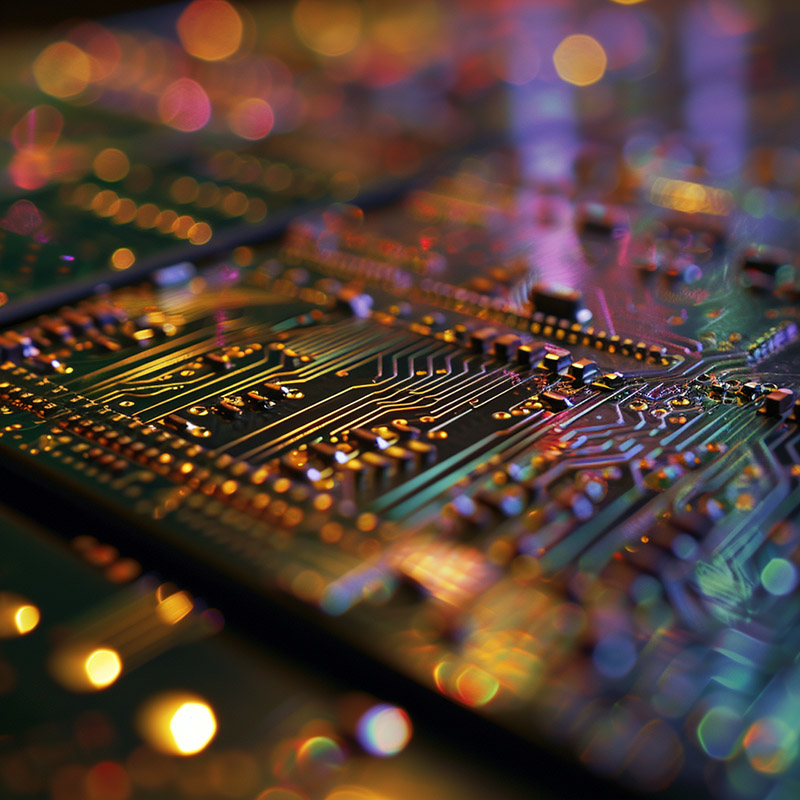
FPGA stands for Field Programmable Gate Array. It is an integrated circuit chip designed to be configured and customized by the customer after manufacturing.
- Contains programmable logic components called logic blocks that can be wired together via interconnects
- Logic blocks and interconnects can be programmed to perform complex combinational and sequential digital logic functions
- Can be reconfigured and rewired repeatedly to the needs of the application
- Quick prototyping and implementation of custom hardware logic and accelerators
- Used to design specialized processors, IoT devices, control and embedded systems, neural network accelerators etc.
- Provides hardware level flexibility not possible with Application Specific Integrated Circuits (ASICs)
FPGAs are programmable semiconductor devices used to quickly prototype and implement digital circuits that can be modified by the engineer even post manufacturing.
Setting an FPGA industry record, Xilinx on November 11, 2003 announced that more than six million Spartan Series FPGAs were shipped in the quarter ending September 2003. With these latest shipments, a total of more than 70 million Spartan Series devices have been shipped since Spartan's initial introduction in 1998, making it the highest volume FPGA family in history. Record breaking early customer acceptance of Spartan-3, the latest family in the series, indicates that Spartan Series FPGAs will continue to be the low cost, high volume FPGA leader.
"With the Spartan Series and the new 90nm Spartan-3 family, Xilinx continues to provide extremely low cost FPGAs with unparalleled density and capability for high volume, low cost applications," said Clay Johnson, vice president and general manager of the General Products Division at Xilinx. "The overwhelming success of the Spartan Series is confirmation of the increasing acceptance of programmable logic for low cost applications traditionally served by ASICs. It also speaks to the continued success of Xilinx's focused diversification efforts."
The Spartan Series' success is due in large part to Xilinx's industry-leading implementation of process and manufacturing technologies. Xilinx first shipped the Spartan-3 family in March 2003 as the world's first and only FPGA utilizing 90nm process technology. Xilinx also leads the industry in production on cost-effective 300mm wafers. The combination of 90nm process technology on 300mm wafers results in almost five times more die per wafer than the 130nm/200mm combination, enabling the company to provide groundbreaking cost-density benefits to its customers.
Today's low cost, high volume systems are also some of the most sophisticated. Consumer electronic applications in graphics, networking, and telecommunications require platform capabilities such as embedded processors, hardwired DSP functions, and support for numerous connectivity standards. To address these needs, Spartan-3 FPGAs offer density and features light years ahead of competing FPGAs to allow customers to reduce overall system costs through integration. Spartan-3 FPGAs offer a combination of highest embedded block and distributed RAM and up to 784 I/Os. Spartan-3 devices offer embedded XtremeDSP functionality with dedicated 18x18 multipliers and up to 330 billion multiply and accumulates (MACs) per second. Additionally, Spartan-3 devices support 23 different parallel I/O standards, including PCI 32/33 and PCI 64/33, as well as many popular parallel connectivity cores for telecommunications and networking.
Xilinx manufactures programmable logic and programmable system solutions.